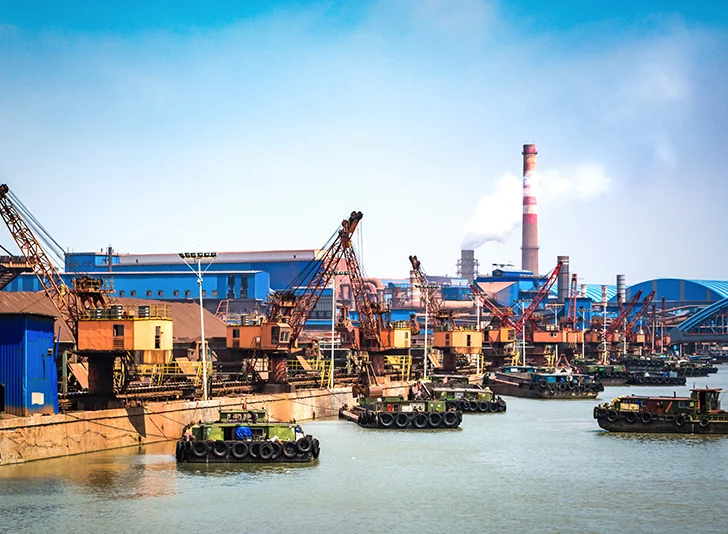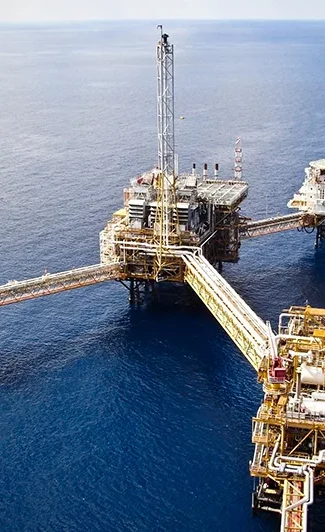
- February 6, 2023
- 0 Comments
How the Shift in Oil Flows Will Affect the Midland-to-Houston WTI Price Spread
The U.S. crude oil export market has been dominated by Corpus Christi, TX, for the past few years, thanks to the direct pipeline access from the Permian Basin to the two terminals at Ingleside that can partially load the giant 2-MMbbl VLCCs (Very Large Crude Carriers). However, the pipeline capacity to Corpus Christi is now almost fully utilized, and with the rising production and exports from the Permian, more West Texas crude is being diverted to Houston, TX, where there is still some spare pipeline capacity. The problem for Permian producers with contracts on Permian-to-Houston pipelines is that the price differential between Midland and MEH (Magellan East Houston) for WTI has been very low — only $0.22/bbl on average this year, compared to nearly $20/bbl for a few months in 2018 and averaging $5.50/bbl in 2019. However, the Midland-to-MEH WTI price spread is likely to widen in the near future, as we discuss in today’s blog.
The Midland-to-MEH WTI price spread reflects the transportation cost and the market conditions between the two locations. When the spread is narrow, it means that there is enough pipeline capacity to move the crude from Midland to Houston, and that the demand for WTI in Houston is strong relative to the supply. When the spread is wide, it means that there is a pipeline bottleneck or a glut of crude in Midland, and that the demand for WTI in Houston is weak relative to the supply.
The Midland-to-MEH WTI price spread has been historically volatile, depending on the changes in production, pipeline capacity, and export demand. In 2018, the spread reached a record high of nearly $20/bbl, as the Permian production outpaced the pipeline capacity, creating a huge backlog of crude in Midland. In 2019, the spread averaged $5.50/bbl, as new pipelines came online, such as Cactus II, EPIC, and Gray Oak, and increased the takeaway capacity from the Permian to the Gulf Coast. In 2020, the spread collapsed to $0.50/bbl, as the COVID-19 pandemic slashed the global oil demand and prices, and forced many Permian producers to shut in their wells and reduce their output.
This year, the spread has been even lower, averaging only $0.22/bbl, as the Permian production has recovered from the pandemic-induced slump, and the pipeline capacity to Corpus Christi has been nearly maxed out. As a result, more Permian crude has been flowing to Houston, where there is still some room on the pipelines, such as Longhorn, BridgeTex, and Seaway. However, this has also created a surplus of WTI in Houston, where the demand for WTI has been weak due to the competition from other grades, such as Mars, LLS, and Bakken, that are more suitable for the complex Gulf Coast refineries. Moreover, the export demand for WTI has been limited by the high freight rates for VLCCs, which make WTI less competitive in the global market compared to other crudes, such as Brent, Urals, or ESPO.
However, the situation is likely to change soon, as several factors are expected to increase the demand for WTI in Houston and widen the Midland-to-MEH WTI price spread. These factors include:
The completion of the Wink-to-Webster pipeline, which will add 1.5 MMb/d of new pipeline capacity from the Permian to the Houston area by the end of this year. This pipeline will deliver WTI to multiple terminals in Houston, including the Enterprise Houston Ship Channel (EHSC) terminal, which is the only terminal in Houston that can fully load VLCCs without reverse lightering. This will increase the export potential for WTI from Houston and reduce the transportation cost and time.
The expansion of the Enterprise Houston Ship Channel (EHSC) terminal, which will increase its loading capacity from 1.1 MMb/d to 1.7 MMb/d by the first quarter of 2022. This terminal will also be connected to the Enterprise Crude Houston (ECHO) terminal, which is the main hub for WTI in Houston and receives crude from various pipelines, such as Seaway, Midland-to-ECHO, and Wink-to-Webster. This will enhance the access and availability of WTI for VLCC loading and export from Houston.
The recovery of the global oil demand and prices, which will boost the export demand for WTI from Houston and narrow the price discount to other crudes, such as Brent, Urals, or ESPO. The global oil demand is expected to increase by 5.4 MMb/d in 2021 and 3.1 MMb/d in 2022, according to the International Energy Agency (IEA). The global oil prices are also expected to remain high, as the OPEC+ group has been cautious in increasing its production and maintaining its market share.
These factors will increase the value of WTI in Houston and widen the Midland-to-MEH WTI price spread, as more Permian crude will be diverted to Houston and compete for the limited pipeline capacity. The spread may reach $3/bbl to $5/bbl by the end of this year, and $5/bbl to $7/bbl by the end of 2022, according to our analysis. This will improve the netback for Permian producers with contracts on Permian-to-Houston pipelines, and incentivize them to increase their production and exports. However, the spread may not reach the levels seen in 2018 or 2019, as the pipeline capacity from the Permian to the Gulf Coast will still exceed the production, and the demand for WTI in Houston will still face competition from other grades.
In conclusion, the shift in oil flows from the Permian to the Gulf Coast will affect the Midland-to-MEH WTI price spread, which reflects the transportation cost and the market conditions between the two locations. The spread has been very low this year, as the pipeline capacity to Corpus Christi has been nearly maxed out, and more Permian crude has been flowing to Houston, where the demand for WTI has been weak. However, the spread is likely to widen in the near future, as several factors are expected to increase the demand for WTI in Houston, such as the completion of the Wink-to-Webster pipeline, the expansion of the EHSC terminal, and the recovery of the global oil demand and prices. This will increase the value of WTI in Houston and improve the netback for Permian producers with contracts on Permian-to-Houston pipelines.


